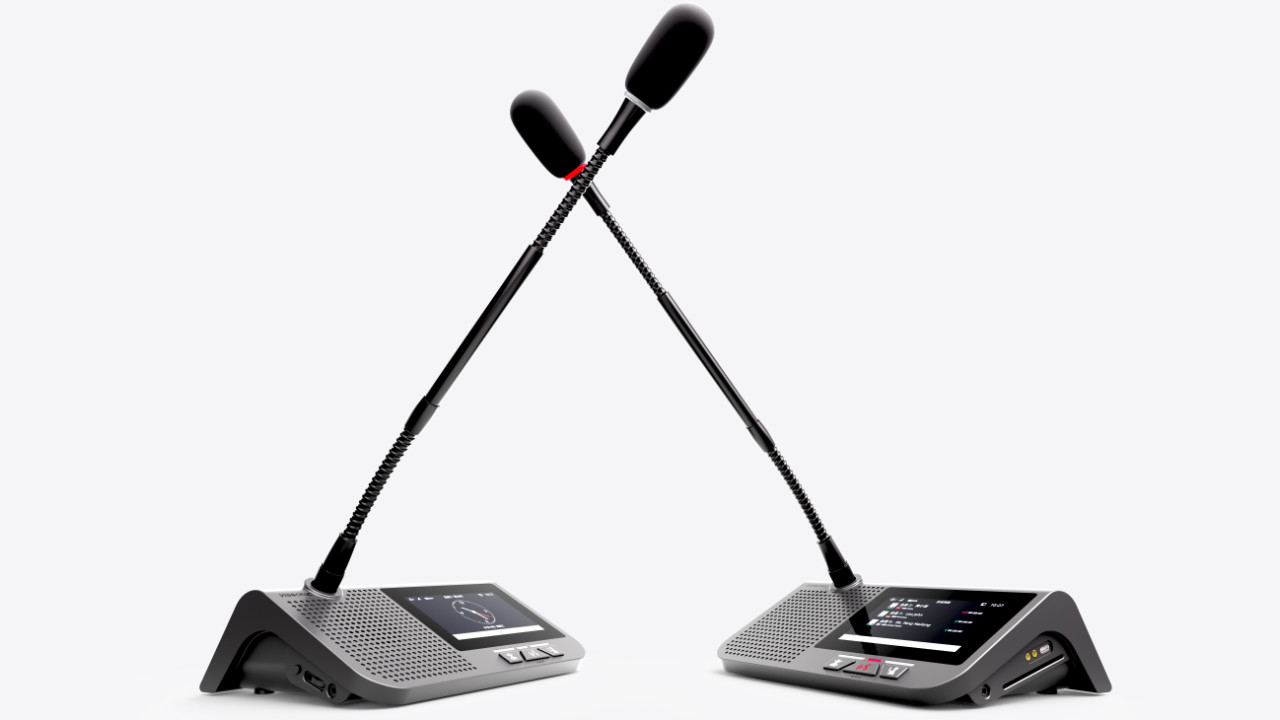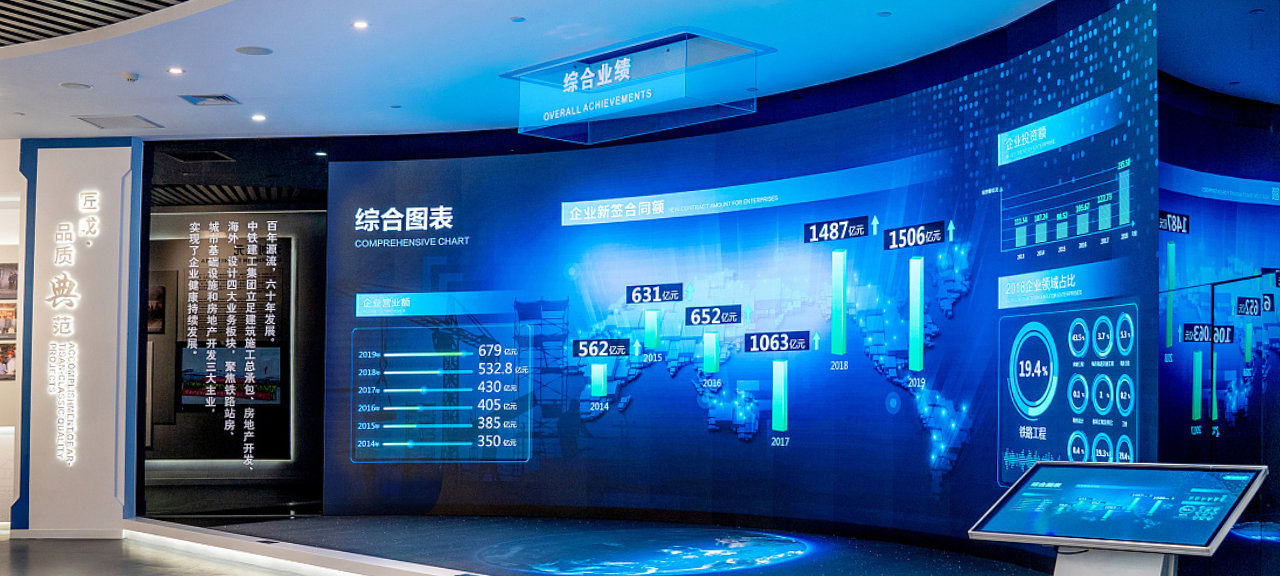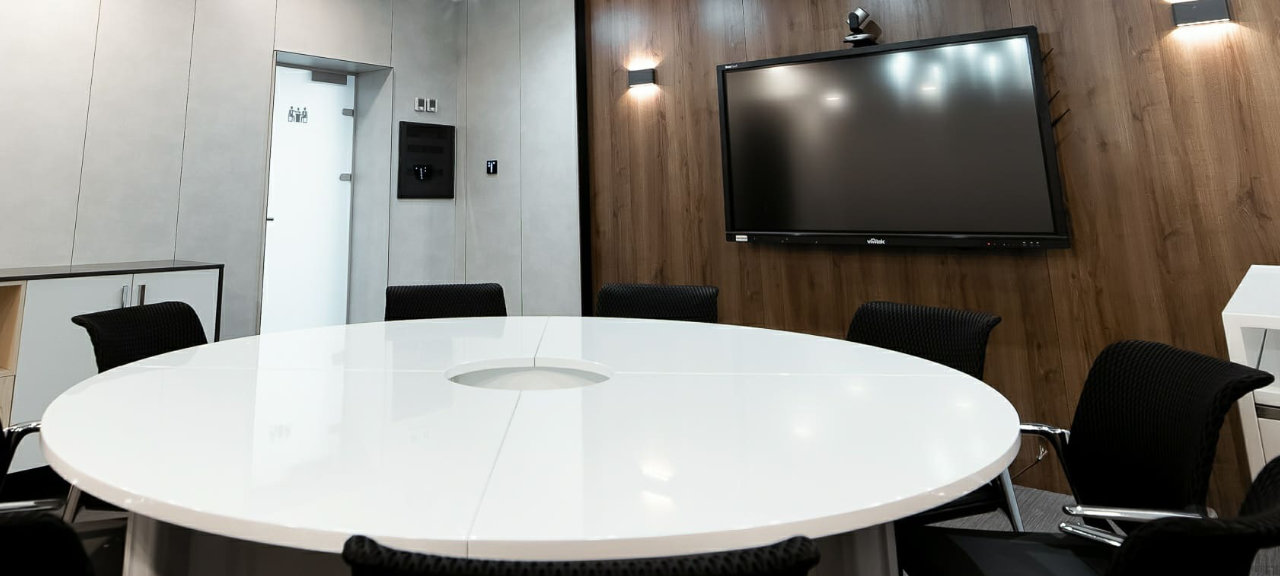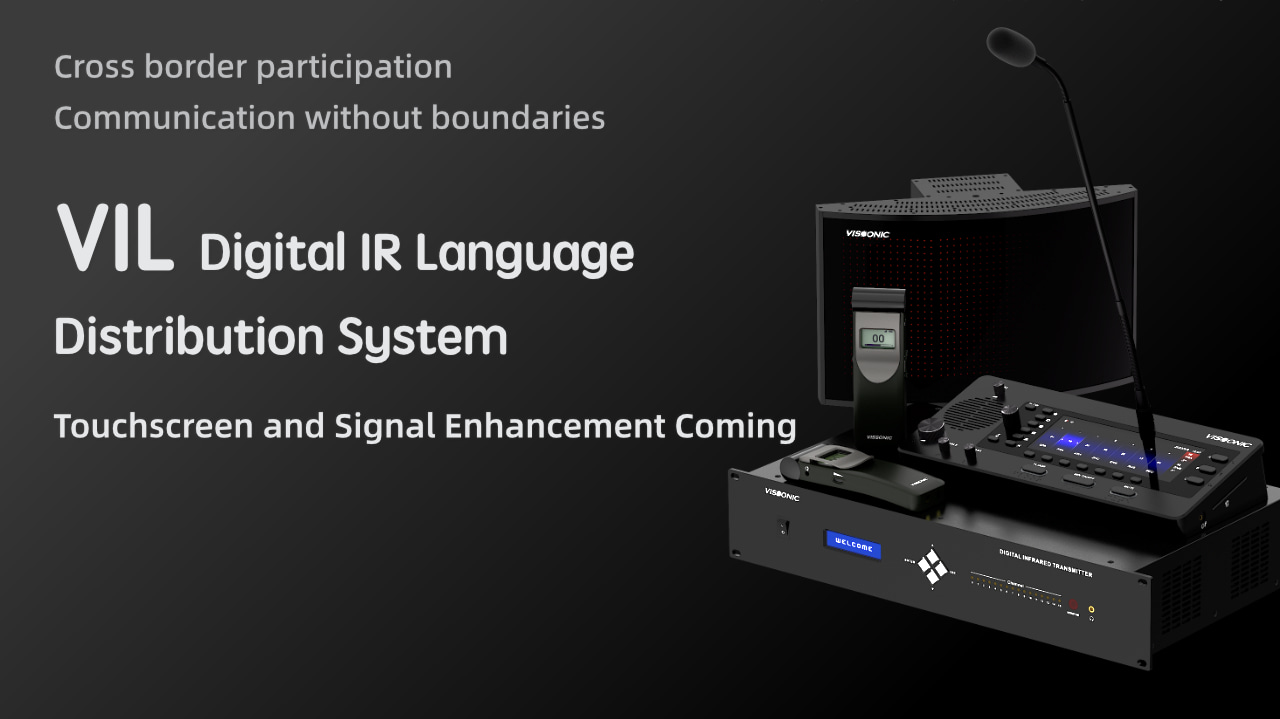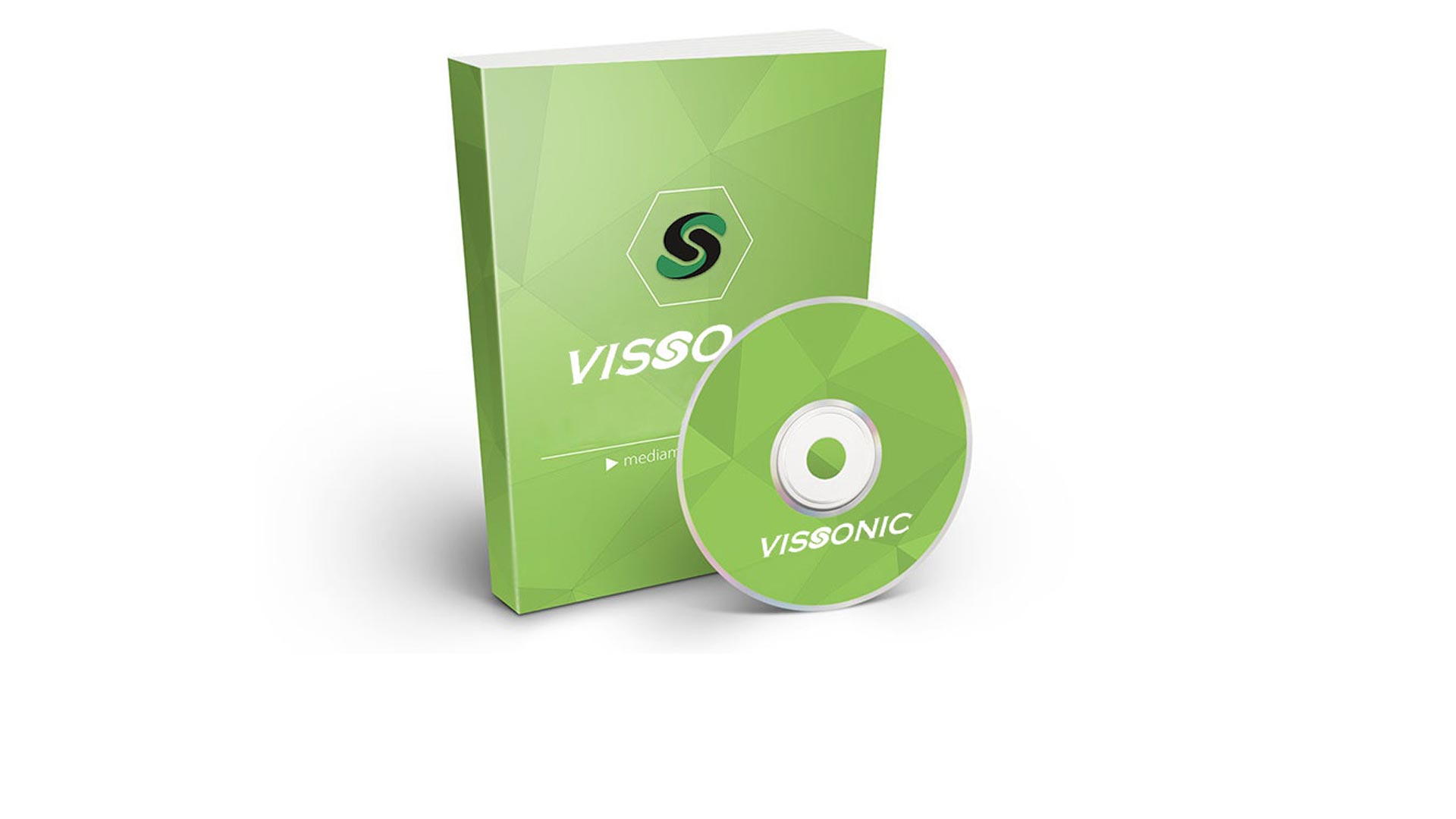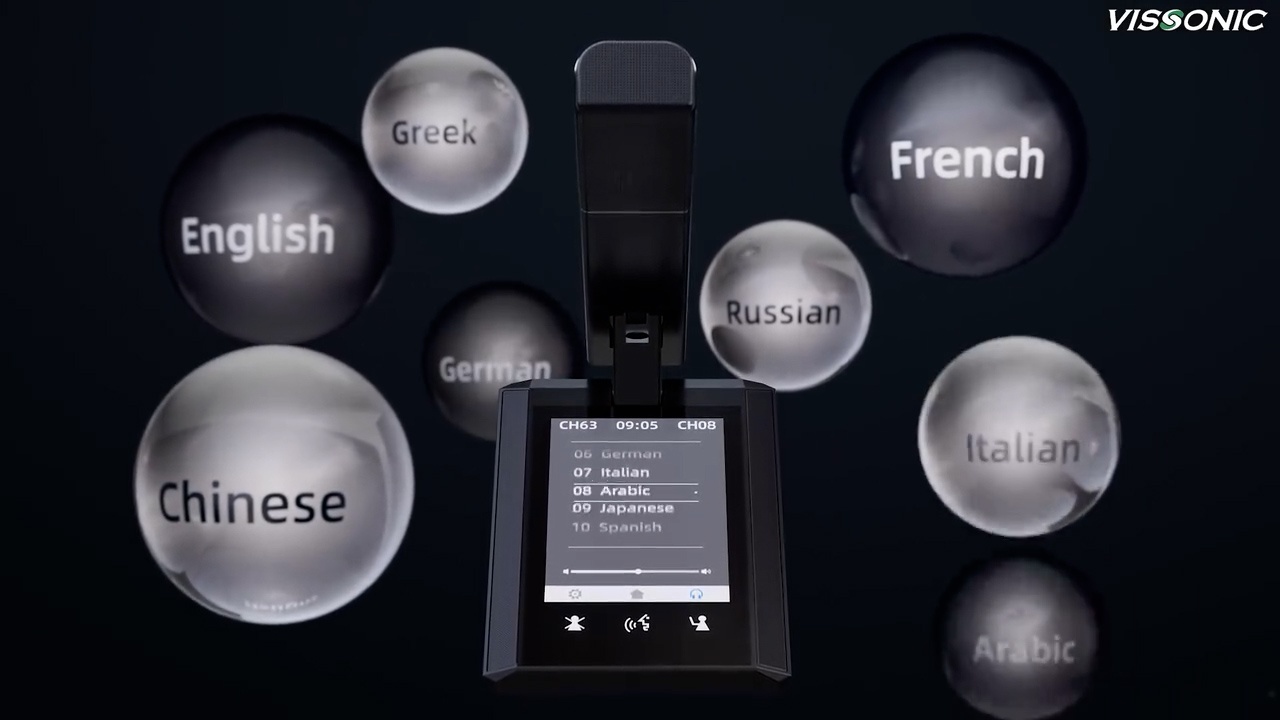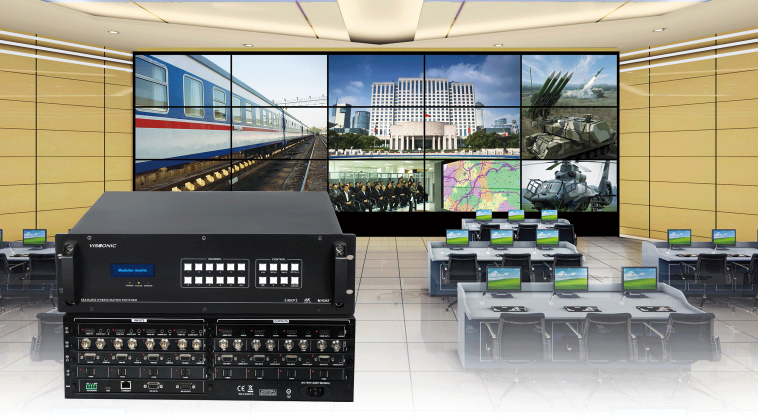How to Choose the Right Video Switching Matrix?
Choosing the right video switching matrix can be challenging, especially with a variety of options available for different applications. A video switching matrix, or matrix switcher, allows users to route multiple video sources to multiple displays seamlessly. Whether used in corporate settings, control rooms, broadcasting studios, or entertainment venues, the right video switching matrix significantly impacts performance, ease of use, and scalability. In this guide, we’ll walk through essential factors to consider for selecting the most suitable video switching matrix for your needs.
Understanding Video Switching Matrix Basics
A video switching matrix is a device that takes multiple input sources (such as cameras, computers, or media players) and routes them to multiple output destinations (like monitors, projectors, or video walls). The “matrix” refers to the flexibility in switching any input to any output, providing dynamic content management and enabling customized displays. Understanding these basics is key to choosing a device that aligns with your technical requirements and operational needs.
M5 Seamless Hybrid Switching Matrix
1. Determine Input and Output Requirements
The first consideration when choosing a video switching matrix is the number of inputs and outputs needed. For example, a 4x4 matrix can route four inputs to four outputs, while an 8x8 matrix can handle up to eight sources and destinations. Analyzing your input and output requirements allows you to select a matrix size that accommodates your current setup and future scalability needs.
If you anticipate adding more sources or destinations, choosing a larger matrix switcher or one that supports expansion may be wise. Many modern video switchers support modular configurations, allowing easy upgrades without replacing the entire device.
2. Evaluate Video Resolution and Format Support
Resolution compatibility is crucial for ensuring optimal visual quality. The most common resolutions are Full HD (1080p), 4K, and even 8K for specialized applications. Choose a video switching matrix that supports the highest resolution required by your setup. If you have a 4K display, for example, you’ll need a switcher that can handle 4K output without degrading video quality.
Additionally, consider the video formats your devices support. Some matrices support HDMI, DisplayPort, VGA, and even IP video, so it's essential to choose a matrix compatible with the video formats you use to avoid compatibility issues.
3. Check for Audio and Video Synchronization
In applications where audio is essential, it’s important to select a video switching matrix that supports audio along with video synchronization. Look for matrix switchers that support audio embedding and de-embedding, especially if you’re working in settings like live broadcasts, where synchronized AV is crucial.
Many high-quality switchers offer audio delay options to ensure synchronization between video and audio, enhancing the user experience in presentations, live events, and broadcasting environments.
4. Consider Control Options
Control flexibility is another critical factor when selecting a video switching matrix. Depending on your setup and user preference, consider switchers that support various control methods, such as:
- Remote Control: Convenient for managing smaller systems with minimal input and output sources.
- IP or Web-Based Control: Many modern matrix switchers allow control via a web interface, offering flexibility for remote management and monitoring.
- Third-Party Integration: For larger setups, check if the matrix supports integration with third-party control systems, such as Crestron, AMX, or Control4, enabling seamless control across multiple devices.
5. Assess Switching Speed and Latency
Switching speed and latency are crucial for maintaining a smooth viewing experience. In high-demand applications like live broadcasts, control rooms, or gaming arenas, delayed switching can disrupt operations. Therefore, select a video matrix switcher with low latency and high-speed switching capabilities. Fiber-optic or IP-based matrix switchers are generally known for faster performance and are ideal for applications where response time is critical.
6. Scalability and Future-Proofing
Choosing a matrix switcher that offers scalability ensures it can meet future demands as your setup grows. Look for models that support modular or expandable designs. This way, you can add inputs and outputs as needed without replacing the entire system. Compatibility with future video resolutions (like 8K) and evolving AV technology also helps ensure long-term usability.
7. Explore Security and Reliability Features
In corporate and critical infrastructure environments, security and reliability are essential. Choose a video switching matrix with secure access controls, especially for IP-based models. Features like password-protected access, data encryption, and network isolation enhance security, making the matrix suitable for sensitive applications.
Reliability is equally crucial; opt for reputable brands and models with redundancy features, such as dual power supplies, which ensure continuous operation in the event of power failure.
Frequently Asked Questions about Video Switching Matrices
Q: Can I use a video switching matrix for both video and audio routing?
A: Yes, many video switching matrices support both video and audio routing. Check if the model has audio embedding and de-embedding options for seamless AV synchronization.
Q: Is it possible to add more inputs and outputs to a matrix switcher later on?
A: Many modern video matrices are modular or expandable, allowing additional inputs and outputs to be added as your needs grow. Be sure to confirm expansion capabilities before purchase.
Q: Do video switching matrices support wireless control?
A: Yes, many matrices support wireless control through IP-based management interfaces or dedicated apps, providing convenient control options.
Conclusion
Choosing the right video switching matrix requires careful consideration of your current setup, future needs, and technical specifications. By focusing on factors like input/output requirements, resolution support, AV synchronization, control options, and scalability, you can find a matrix switcher that meets your needs today and adapts to future demands. Ultimately, a well-chosen video switching matrix enhances flexibility, performance, and user experience in professional and commercial settings.

